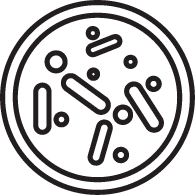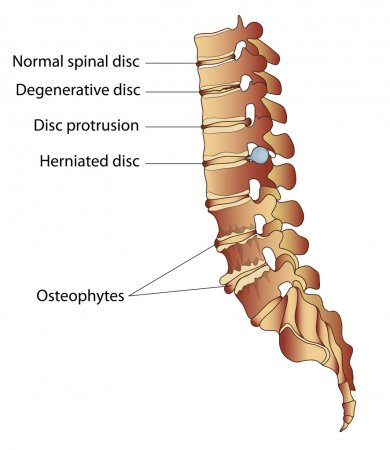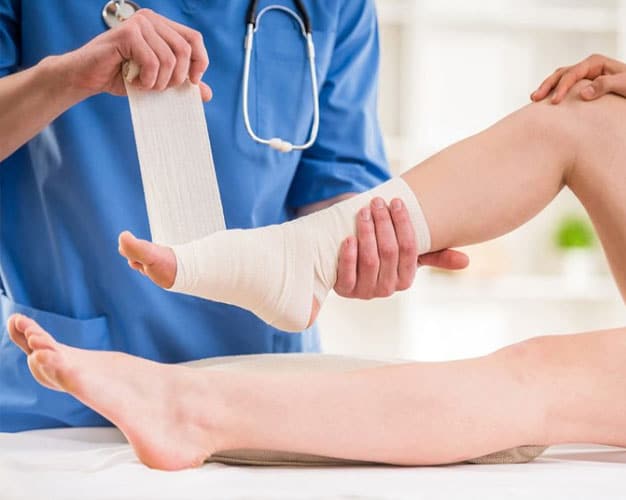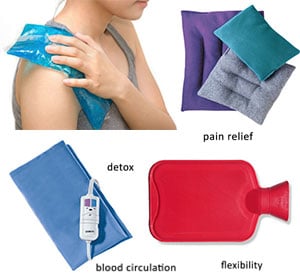For enquiry / Directions / Feedback – Call +91-9555-404-040


Pain is the unpleasant subjective sensory and emotional response to a stimulus, which causes actual or potential tissue damage. Different people perceive pain differently. Pain is a protective mechanism for the body which occurs whenever any tissue gets damaged.
The stimulus which causes pain makes the individual react to it. They try to avoid it by altering their posture. Pain can have a somatic, neuropathic or a psychogenic origin.













